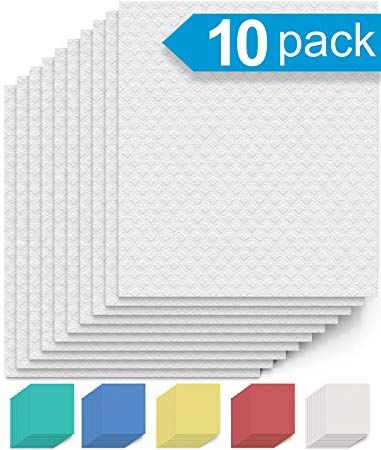What Is A Cellulose Sponge

Cellulose sponges come in a variety of sizes brands produce cellulose sponge models in many different sizes making it easy to get exactly what you need to keep every surface clean.
What is a cellulose sponge. The process of manufacturing cellulose sponges begins with large stiff sheets of cellulose. The first type of abrasive sponge is a thin layer of abrasive material attached to a regular cellulose sponge. Since the organic compound is created by all plants it is probably the most abundant one on the planet. Cellulose makes up most of a plant s cell walls.
Another type of abrasive sponge forgoes the cellulose and has only the thin abrasive material with no attached sponge. The same raw materials and very similar processing steps are used for different products that are created from viscose including. While cellulose is the main building material for plants it has many other uses including sponges. With this feature users jump seamlessly between light scrubbing and scouring.
Cleaning scrub colored sponge non scratch kitchen cellulose dishwashing sponge 16pack biodegradable natural sponge 4 3 out of 5 stars 251 13 99 13. The manufacture of cellulose sponges is a type of viscose manufacturing. The abrasive material is only on one side of the cellulose. Shop for cellulose sponge online at target.
All spontex viscose sponge materials are made from regenerated cellulose pigment water and softening agent for wet sponge only. Typically used for cleaning impervious surfaces sponges are especially good at absorbing water and water based solutions. Cellulose dishcloths are a great alternative to conventional dishcloths sponges and paper towels. Unlike the ones that you re used to these are made from cotton and cellulose fibers the latter of which comes from natural wood pulp.
Abrasive sponges come in two common types. Free shipping on orders of 35 and save 5 every day with your target redcard. A sponge is a tool or cleaning aid made of soft porous material. Flax and other materials are added to some formulations to provide added chemical resistance strength or other desirable properties.
Originally made from natural sea sponges they are most commonly made from synthetic materials today.



















